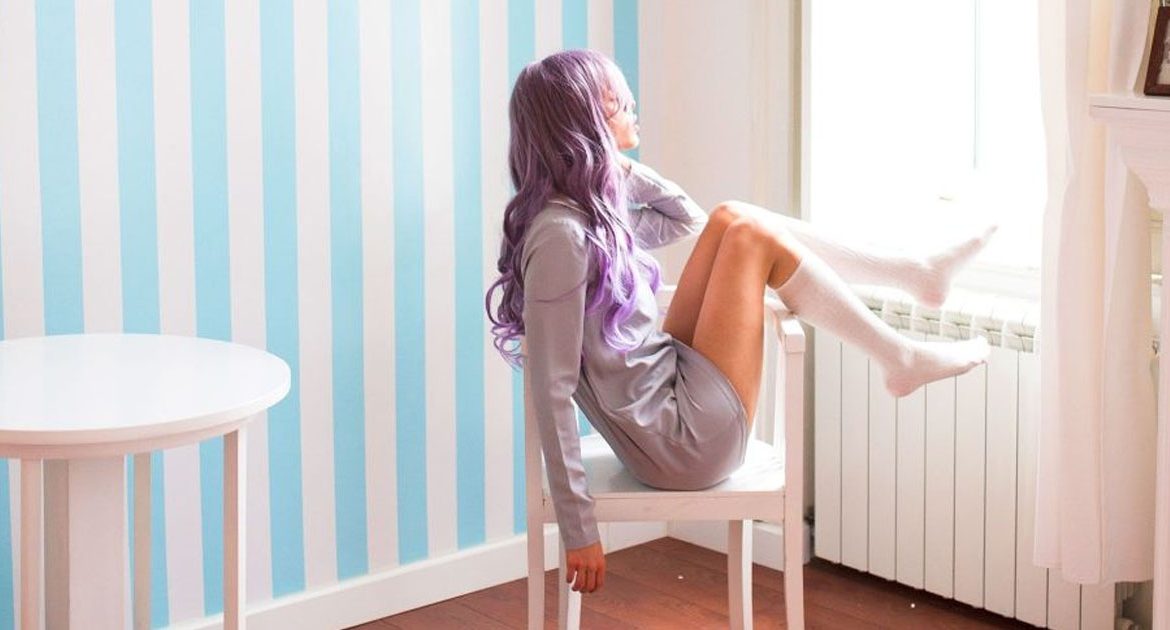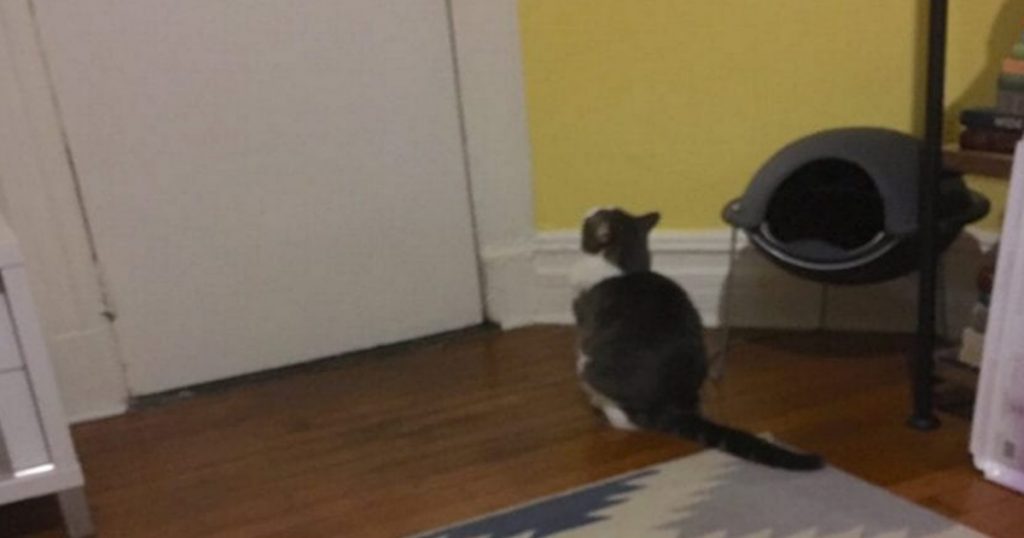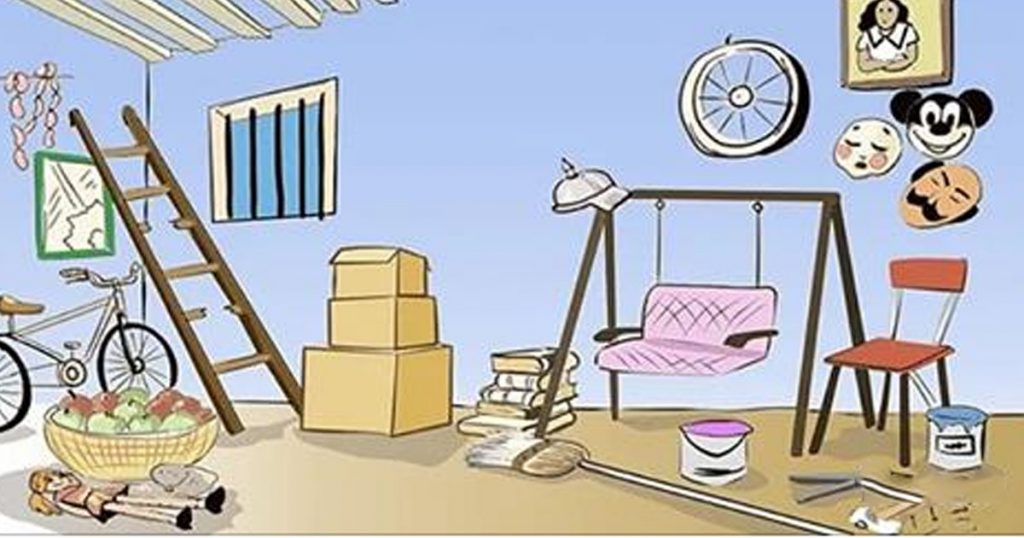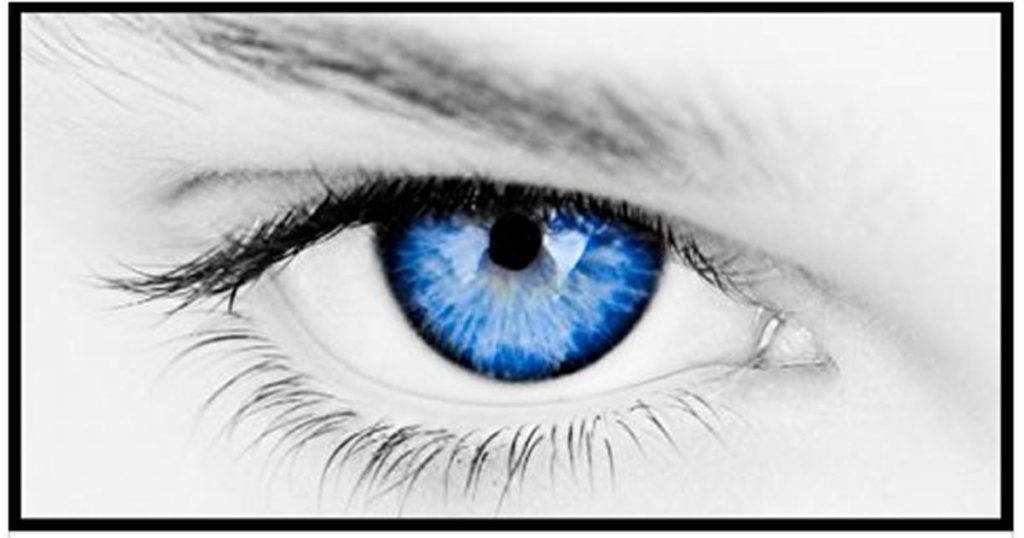While your sitting style can vary based on your surroundings and particular mood, a person’s plopping patterns can say a lot about his or her personality, according to Lilian Glass, Ph.D., a body language expert and author of 18 books including The Body Language Advantage.
To help you interpret other’s people’s poses and tweak your own posture for an A+ impression, see what these common positions really mean:
WHAT 13 SITTING POSITIONS SAY ABOUT YOU:
1. Sitting up straight with your shoulders back, and feet firmly planted on the floor sends a strong message: You’re confident AF. You get extra points if you use your hands to gesture as you speak. Who run the world?
Sitting up straight with your shoulders back, and feet firmly planted on the floor sends a strong message: You’re confident AF. You get extra points if you use your hands to gesture as you speak. Who run the world?
 Sitting up straight with your shoulders back, and feet firmly planted on the floor sends a strong message: You’re confident AF. You get extra points if you use your hands to gesture as you speak. Who run the world?
Sitting up straight with your shoulders back, and feet firmly planted on the floor sends a strong message: You’re confident AF. You get extra points if you use your hands to gesture as you speak. Who run the world?2.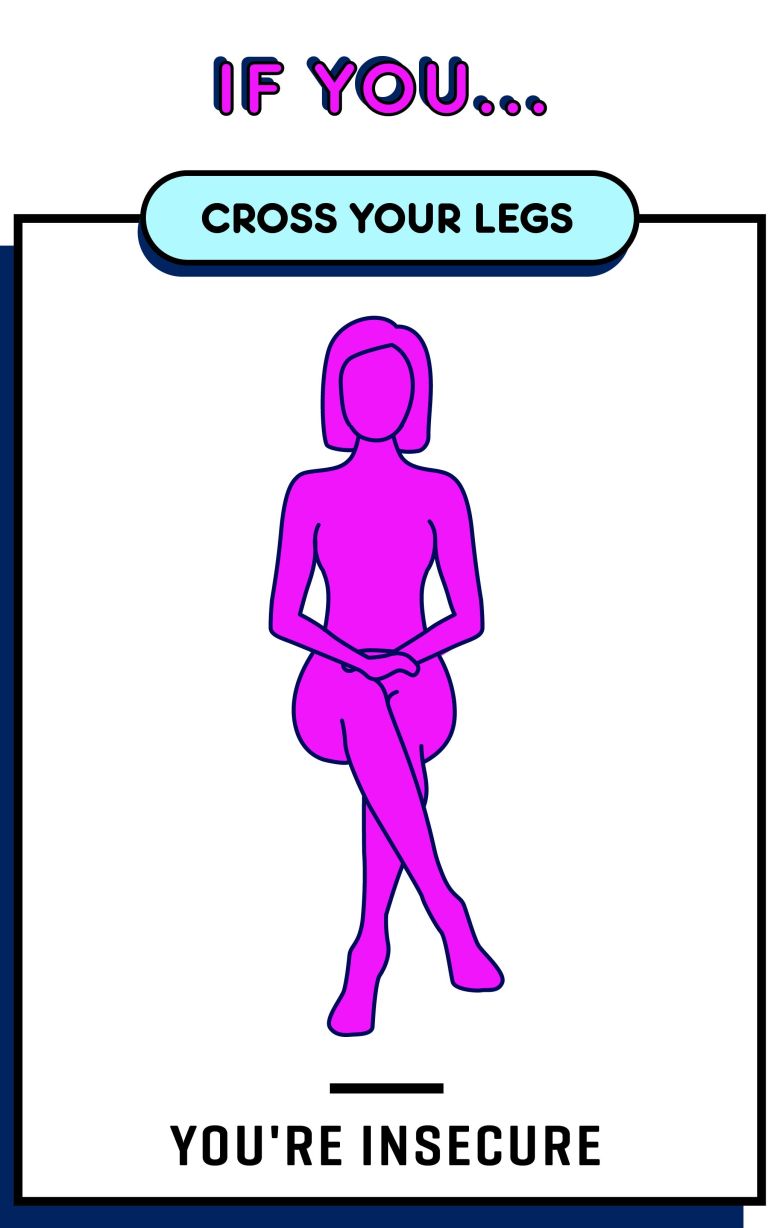 When you cross one leg over the other you’re making yourself smaller while physically tucking your bottom leg out of sight, which signals insecurity, according to Glass. And of course confident people don’t shrink away like that — they spread out like they own the place.That said, like most rules of body language, there are situational exceptions: Crossing your legs toward someone can be a bold statement that says you’re into the person you’re cozying up to. Crossing away from someone, however, can send the message that you’re checked out.
When you cross one leg over the other you’re making yourself smaller while physically tucking your bottom leg out of sight, which signals insecurity, according to Glass. And of course confident people don’t shrink away like that — they spread out like they own the place.That said, like most rules of body language, there are situational exceptions: Crossing your legs toward someone can be a bold statement that says you’re into the person you’re cozying up to. Crossing away from someone, however, can send the message that you’re checked out.
 When you cross one leg over the other you’re making yourself smaller while physically tucking your bottom leg out of sight, which signals insecurity, according to Glass. And of course confident people don’t shrink away like that — they spread out like they own the place.That said, like most rules of body language, there are situational exceptions: Crossing your legs toward someone can be a bold statement that says you’re into the person you’re cozying up to. Crossing away from someone, however, can send the message that you’re checked out.
When you cross one leg over the other you’re making yourself smaller while physically tucking your bottom leg out of sight, which signals insecurity, according to Glass. And of course confident people don’t shrink away like that — they spread out like they own the place.That said, like most rules of body language, there are situational exceptions: Crossing your legs toward someone can be a bold statement that says you’re into the person you’re cozying up to. Crossing away from someone, however, can send the message that you’re checked out.3.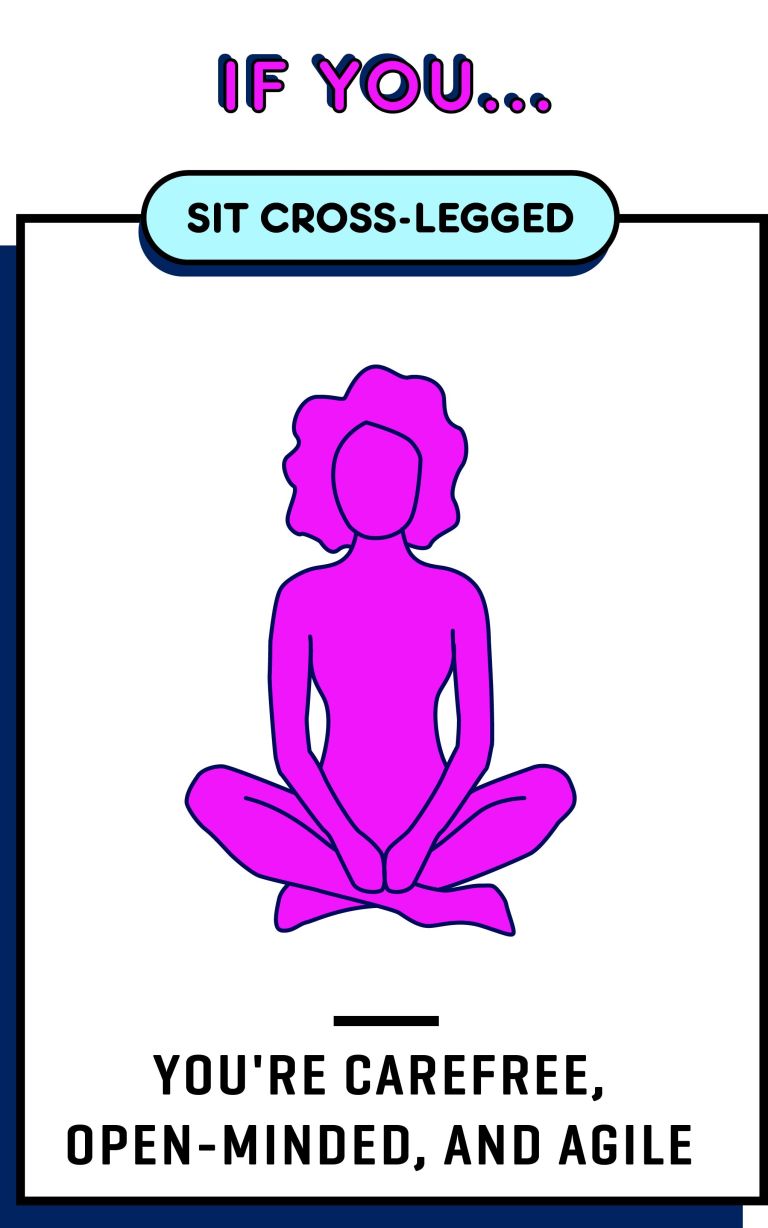 Unlike when you cross your legs while sitting in a chair, sitting cross legged on the floor indicates openness. «It says you’re very loose, casual, and easy-going,» Glass explains. Never mind the fact that this pose, which involves knees splayed out to opposite sides, signifies open-mindedness. Folding yourself into cross-legged position means you’re agile and athletic. (See? Yoga is a sport!)
Unlike when you cross your legs while sitting in a chair, sitting cross legged on the floor indicates openness. «It says you’re very loose, casual, and easy-going,» Glass explains. Never mind the fact that this pose, which involves knees splayed out to opposite sides, signifies open-mindedness. Folding yourself into cross-legged position means you’re agile and athletic. (See? Yoga is a sport!)
 Unlike when you cross your legs while sitting in a chair, sitting cross legged on the floor indicates openness. «It says you’re very loose, casual, and easy-going,» Glass explains. Never mind the fact that this pose, which involves knees splayed out to opposite sides, signifies open-mindedness. Folding yourself into cross-legged position means you’re agile and athletic. (See? Yoga is a sport!)
Unlike when you cross your legs while sitting in a chair, sitting cross legged on the floor indicates openness. «It says you’re very loose, casual, and easy-going,» Glass explains. Never mind the fact that this pose, which involves knees splayed out to opposite sides, signifies open-mindedness. Folding yourself into cross-legged position means you’re agile and athletic. (See? Yoga is a sport!)4.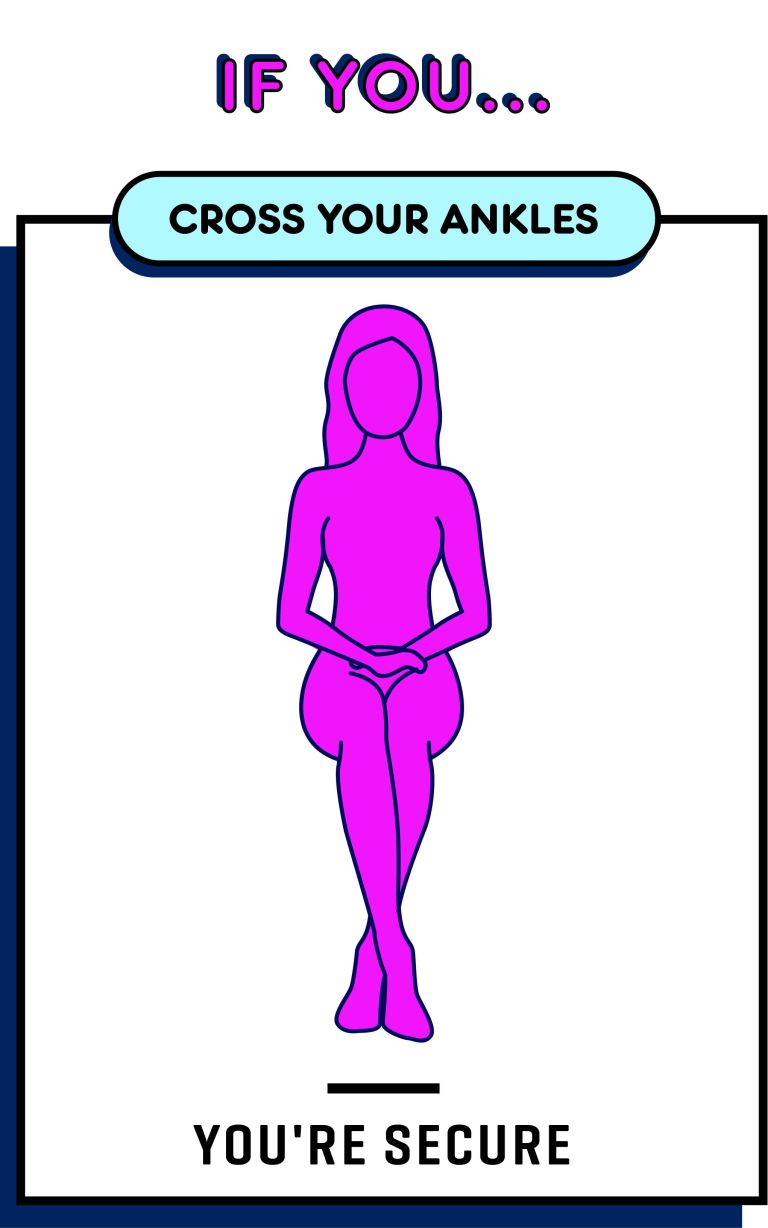 Compared to crossing one whole leg over the other while sitting in a chair, crossing just the ankles hides less of your legs, which projects the message you’ve got very little to hide. What’s more: When your feet are planted firmly on the ground, it shows you’re sure of yourself.
Compared to crossing one whole leg over the other while sitting in a chair, crossing just the ankles hides less of your legs, which projects the message you’ve got very little to hide. What’s more: When your feet are planted firmly on the ground, it shows you’re sure of yourself.
 Compared to crossing one whole leg over the other while sitting in a chair, crossing just the ankles hides less of your legs, which projects the message you’ve got very little to hide. What’s more: When your feet are planted firmly on the ground, it shows you’re sure of yourself.
Compared to crossing one whole leg over the other while sitting in a chair, crossing just the ankles hides less of your legs, which projects the message you’ve got very little to hide. What’s more: When your feet are planted firmly on the ground, it shows you’re sure of yourself.5.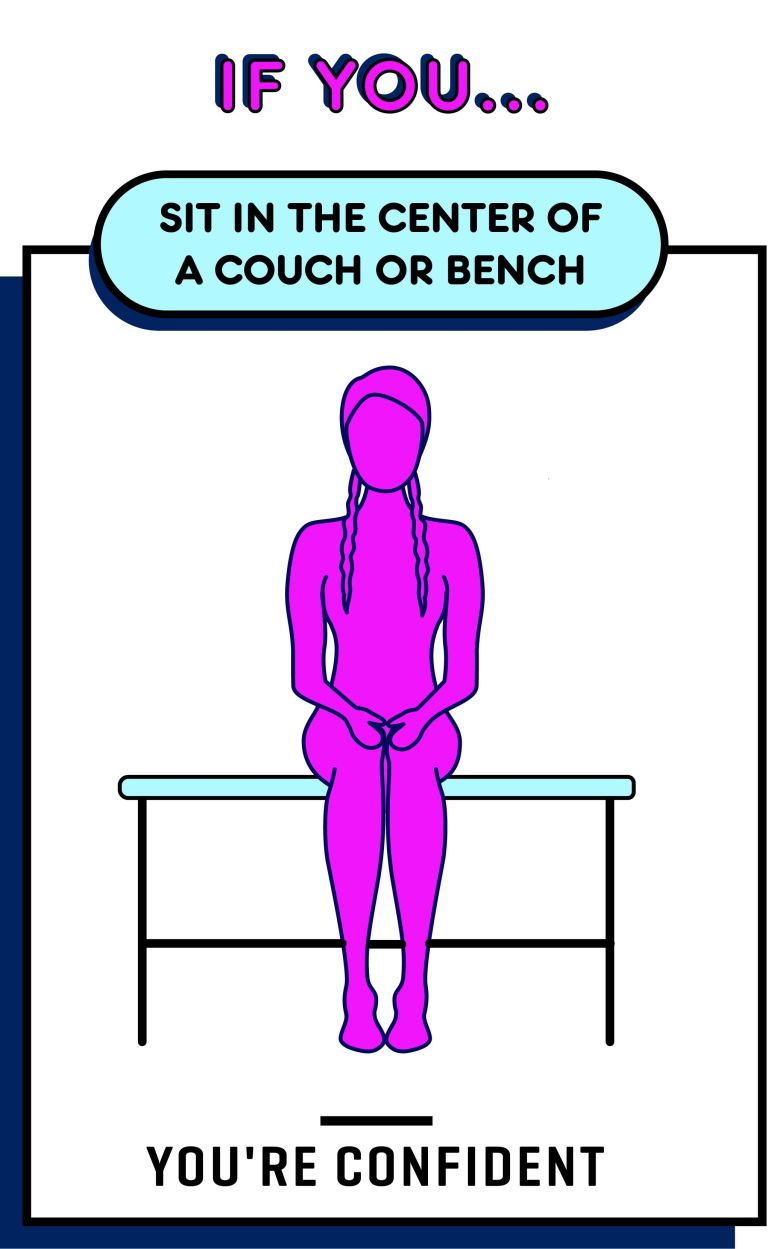 The opposite of tentative — «where should I sit? Left or right side? BAH!» — is confident, and it’s exactly how you look when you plop down right in the middle of whatever surface you’re working with. (Still, no shade if you pick one side of a couch to simply avoid sitting directly in a cushion’s crease or avoid a stranger. Remember, you can’t accurately interpret body language out without context.) If you tend to gravitate towards one side to curl around an arm rest, read on:
The opposite of tentative — «where should I sit? Left or right side? BAH!» — is confident, and it’s exactly how you look when you plop down right in the middle of whatever surface you’re working with. (Still, no shade if you pick one side of a couch to simply avoid sitting directly in a cushion’s crease or avoid a stranger. Remember, you can’t accurately interpret body language out without context.) If you tend to gravitate towards one side to curl around an arm rest, read on:
 The opposite of tentative — «where should I sit? Left or right side? BAH!» — is confident, and it’s exactly how you look when you plop down right in the middle of whatever surface you’re working with. (Still, no shade if you pick one side of a couch to simply avoid sitting directly in a cushion’s crease or avoid a stranger. Remember, you can’t accurately interpret body language out without context.) If you tend to gravitate towards one side to curl around an arm rest, read on:
The opposite of tentative — «where should I sit? Left or right side? BAH!» — is confident, and it’s exactly how you look when you plop down right in the middle of whatever surface you’re working with. (Still, no shade if you pick one side of a couch to simply avoid sitting directly in a cushion’s crease or avoid a stranger. Remember, you can’t accurately interpret body language out without context.) If you tend to gravitate towards one side to curl around an arm rest, read on:6.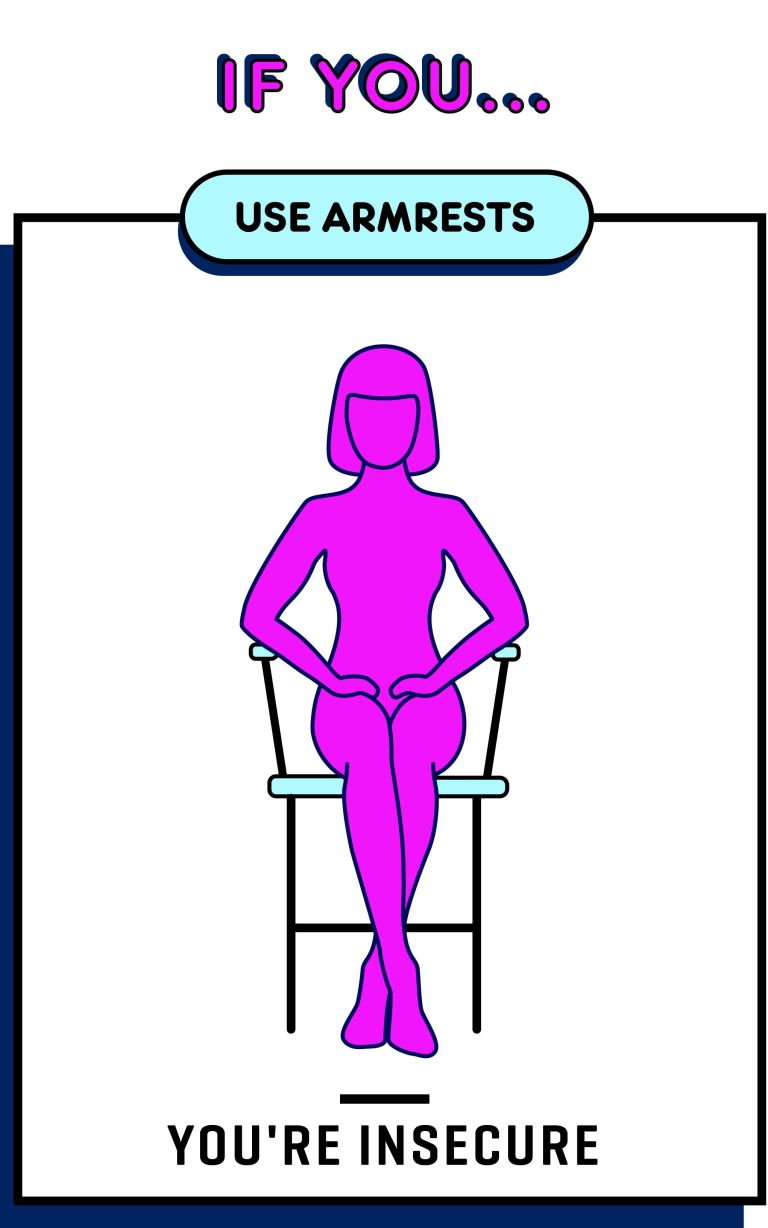 If you regularly rely on arm rests, you’re the shaky type who needs to steady herself, and you’re likely insecure. In contrast, girl bosses don’t need to steady themselves, they’re naturally at ease and in control.
If you regularly rely on arm rests, you’re the shaky type who needs to steady herself, and you’re likely insecure. In contrast, girl bosses don’t need to steady themselves, they’re naturally at ease and in control.
 If you regularly rely on arm rests, you’re the shaky type who needs to steady herself, and you’re likely insecure. In contrast, girl bosses don’t need to steady themselves, they’re naturally at ease and in control.
If you regularly rely on arm rests, you’re the shaky type who needs to steady herself, and you’re likely insecure. In contrast, girl bosses don’t need to steady themselves, they’re naturally at ease and in control.7.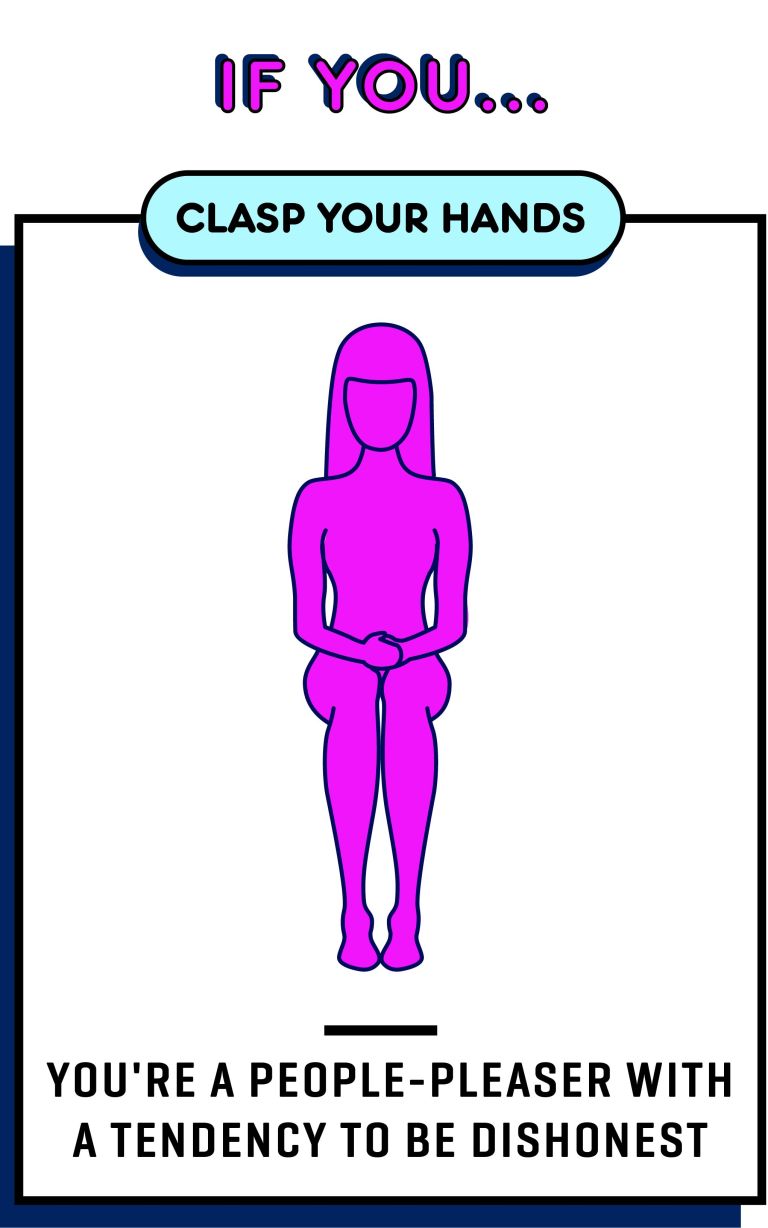 There’s a reason babies don’t leave the womb with their hands clasped, fingers entwined: It’s not a natural position, according to Glass. Clasping the hands is a sign someone is attempting to be extra polite. But it can also be a sign that you are lying, or at the very least, trying way too hard to please others.
There’s a reason babies don’t leave the womb with their hands clasped, fingers entwined: It’s not a natural position, according to Glass. Clasping the hands is a sign someone is attempting to be extra polite. But it can also be a sign that you are lying, or at the very least, trying way too hard to please others.
 There’s a reason babies don’t leave the womb with their hands clasped, fingers entwined: It’s not a natural position, according to Glass. Clasping the hands is a sign someone is attempting to be extra polite. But it can also be a sign that you are lying, or at the very least, trying way too hard to please others.
There’s a reason babies don’t leave the womb with their hands clasped, fingers entwined: It’s not a natural position, according to Glass. Clasping the hands is a sign someone is attempting to be extra polite. But it can also be a sign that you are lying, or at the very least, trying way too hard to please others.8.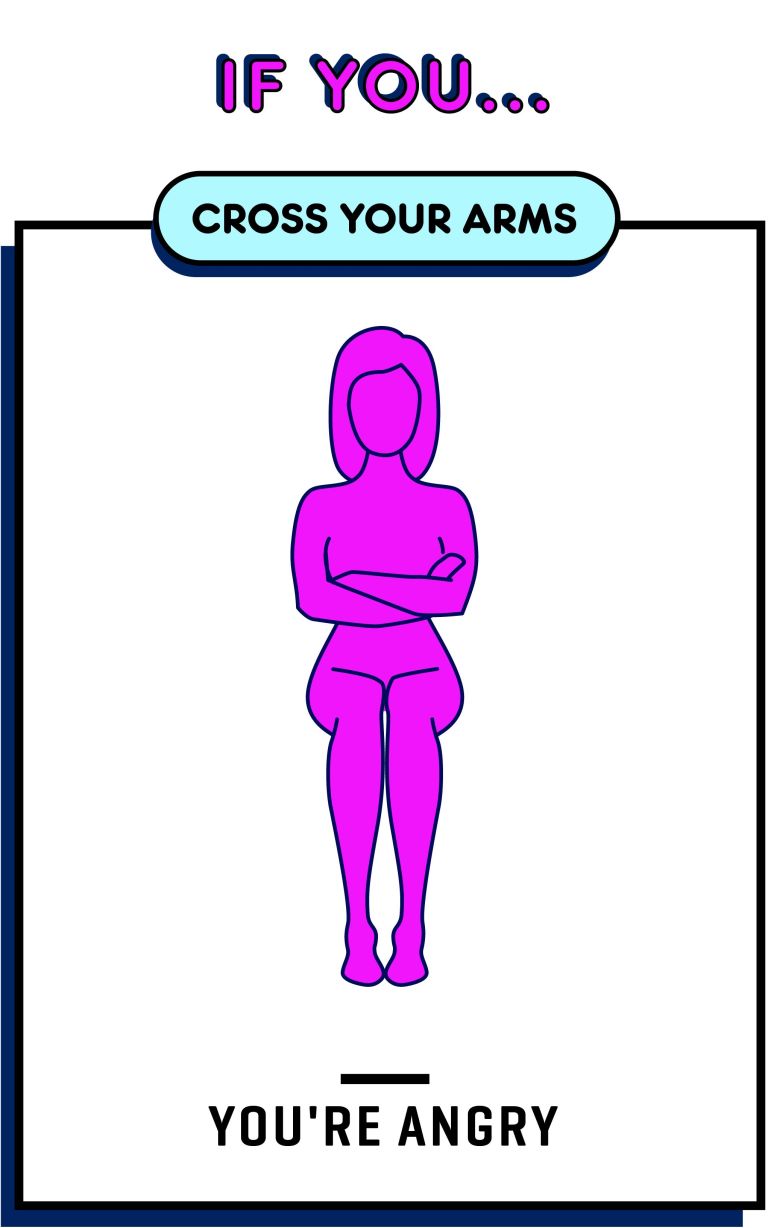 Unless you’re simply cold, regularly crossing your arms high against the chest sends a strong message: You’re an angry MOFO. In isolated cases, your toes will point away from the person who pissed you off.
Unless you’re simply cold, regularly crossing your arms high against the chest sends a strong message: You’re an angry MOFO. In isolated cases, your toes will point away from the person who pissed you off.
 Unless you’re simply cold, regularly crossing your arms high against the chest sends a strong message: You’re an angry MOFO. In isolated cases, your toes will point away from the person who pissed you off.
Unless you’re simply cold, regularly crossing your arms high against the chest sends a strong message: You’re an angry MOFO. In isolated cases, your toes will point away from the person who pissed you off.9.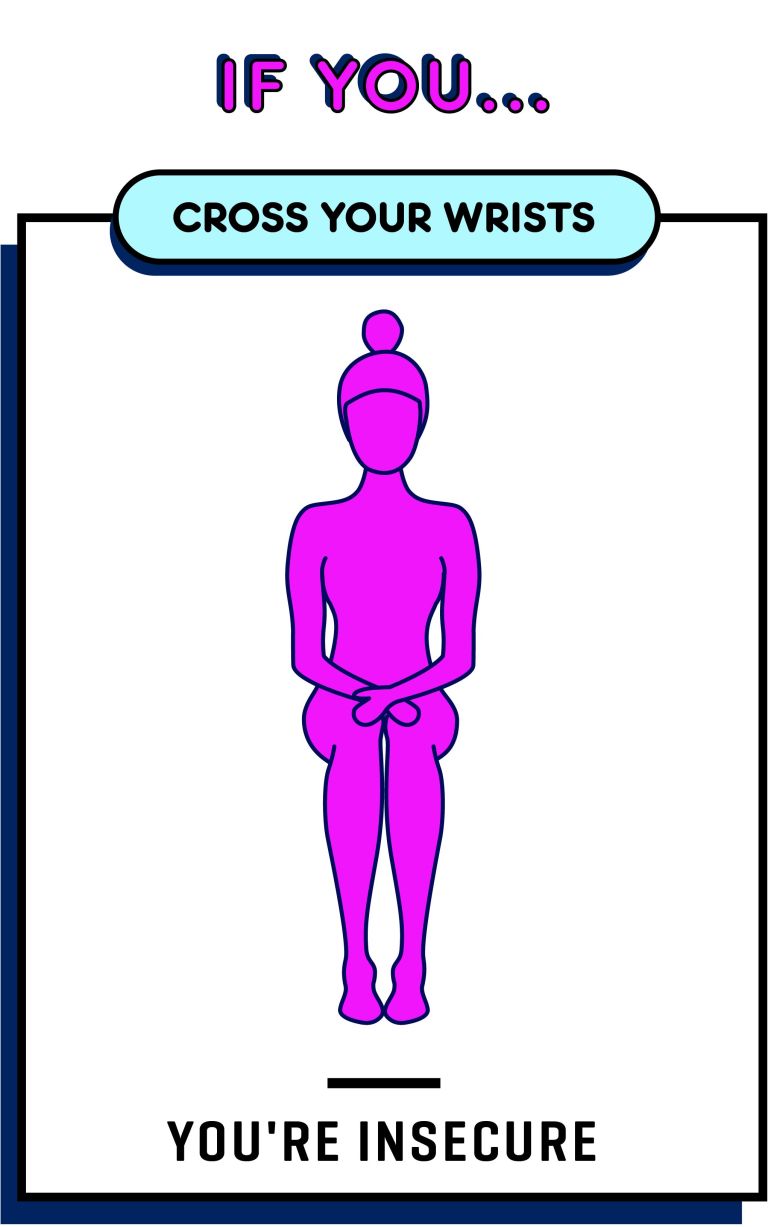 Crossing your wrists in your lap doesn’t mean you’re angry, per say: It suggests you’re insecure and trying to hide your vulnerabilities by covering the inner wrists.
Crossing your wrists in your lap doesn’t mean you’re angry, per say: It suggests you’re insecure and trying to hide your vulnerabilities by covering the inner wrists.
 Crossing your wrists in your lap doesn’t mean you’re angry, per say: It suggests you’re insecure and trying to hide your vulnerabilities by covering the inner wrists.
Crossing your wrists in your lap doesn’t mean you’re angry, per say: It suggests you’re insecure and trying to hide your vulnerabilities by covering the inner wrists.10.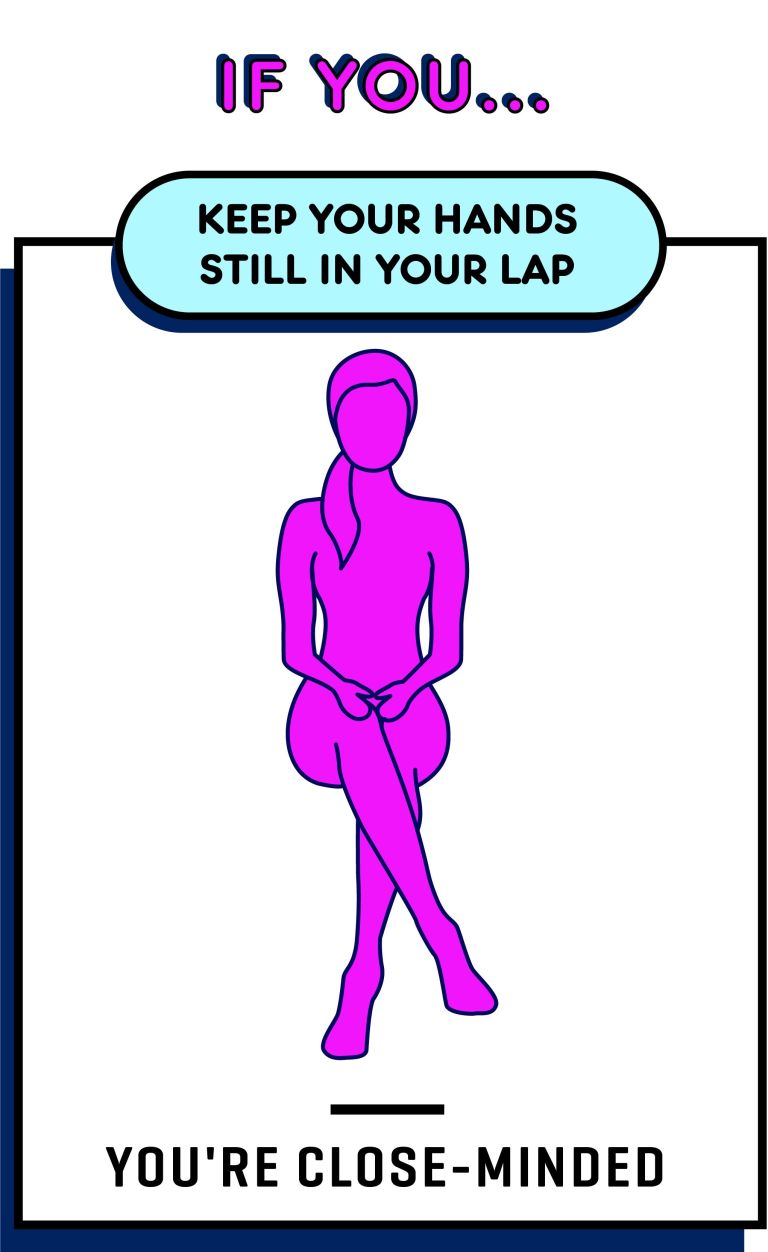 Still hands indicate a certain rigidity that persists in close-minded people. In contrast, open-minded people tend to gesture widely, welcoming ideas and inspiration from others.
Still hands indicate a certain rigidity that persists in close-minded people. In contrast, open-minded people tend to gesture widely, welcoming ideas and inspiration from others.
 Still hands indicate a certain rigidity that persists in close-minded people. In contrast, open-minded people tend to gesture widely, welcoming ideas and inspiration from others.
Still hands indicate a certain rigidity that persists in close-minded people. In contrast, open-minded people tend to gesture widely, welcoming ideas and inspiration from others.11.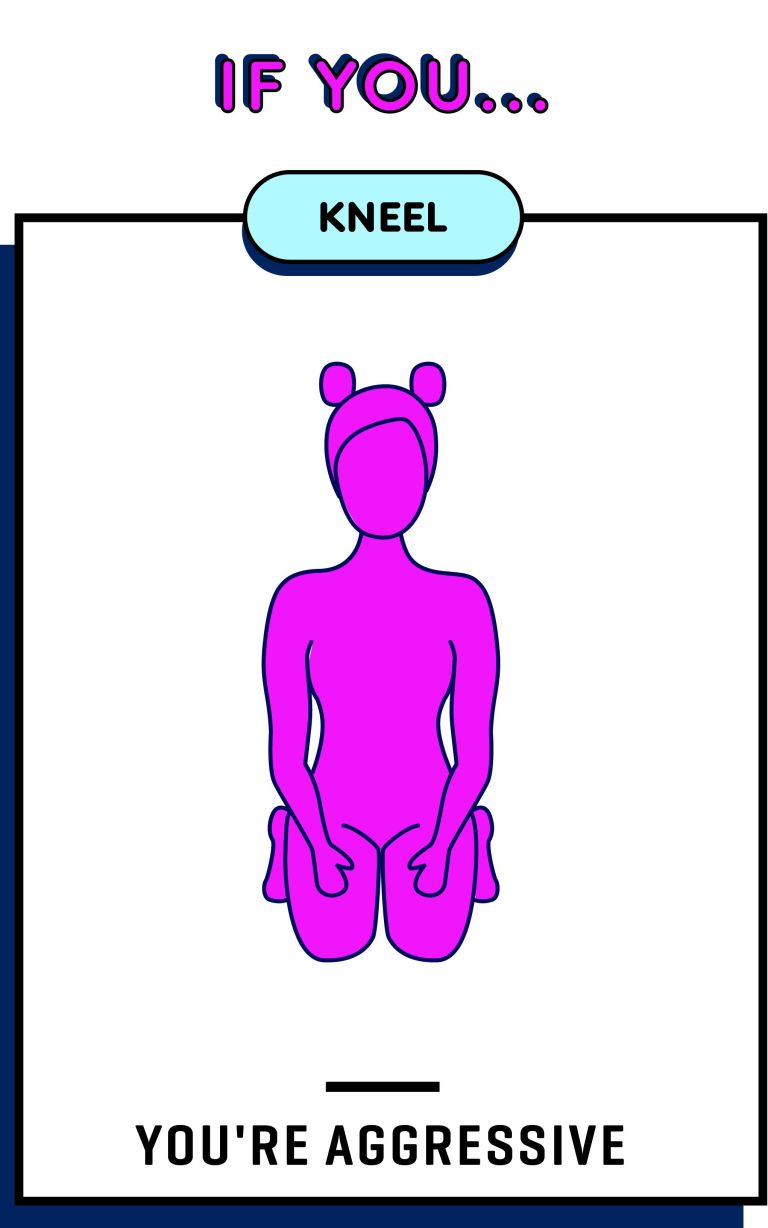 Kneeling with your knees together — a painful position for most people, since knees tend to be tender — shows you’re aggressive and ready to pounce, despite tasteless jokes that suggest otherwise. «It’s not a good position for making friends and influencing others,» Glass suggests. «It’s why good leaders don’t do it.» One exception could be rocking back and forth from knee to knee or fidgeting, which can either display nervous tendencies, or indicate temporary discomfort in response to something that has been said.
Kneeling with your knees together — a painful position for most people, since knees tend to be tender — shows you’re aggressive and ready to pounce, despite tasteless jokes that suggest otherwise. «It’s not a good position for making friends and influencing others,» Glass suggests. «It’s why good leaders don’t do it.» One exception could be rocking back and forth from knee to knee or fidgeting, which can either display nervous tendencies, or indicate temporary discomfort in response to something that has been said.
 Kneeling with your knees together — a painful position for most people, since knees tend to be tender — shows you’re aggressive and ready to pounce, despite tasteless jokes that suggest otherwise. «It’s not a good position for making friends and influencing others,» Glass suggests. «It’s why good leaders don’t do it.» One exception could be rocking back and forth from knee to knee or fidgeting, which can either display nervous tendencies, or indicate temporary discomfort in response to something that has been said.
Kneeling with your knees together — a painful position for most people, since knees tend to be tender — shows you’re aggressive and ready to pounce, despite tasteless jokes that suggest otherwise. «It’s not a good position for making friends and influencing others,» Glass suggests. «It’s why good leaders don’t do it.» One exception could be rocking back and forth from knee to knee or fidgeting, which can either display nervous tendencies, or indicate temporary discomfort in response to something that has been said.12.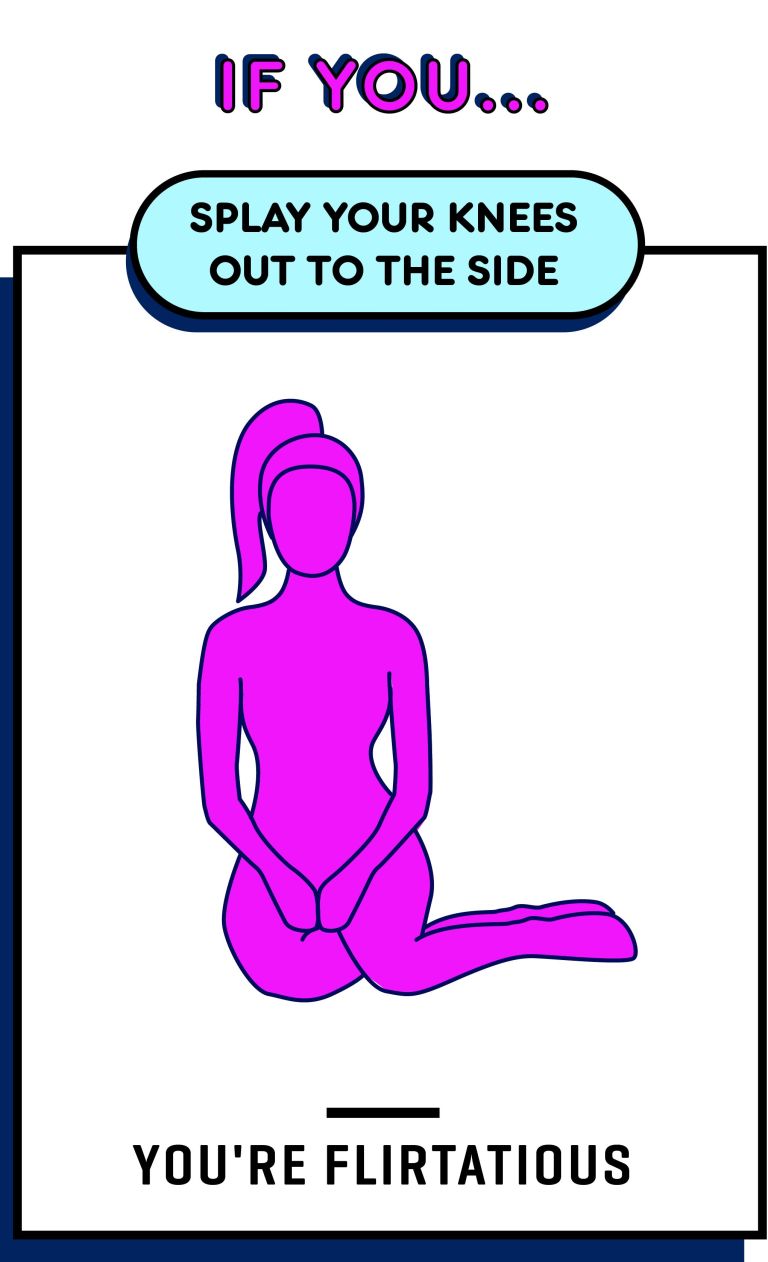 Like every aspect of body language, context is key here: Assuming you don’t take this position for pure comfort, stacking your knees to one side, and propping yourself up on one hand is thought to be flirtatious. «Women are neurologically wired to take up less space when they are flirting,» says Glass, who sees this position as one way women consolidate their limbs in an effort to attract a partner. Meanwhile, while leaning in the direction where your knees point — foreseeably, towards a potential mate — simultaneously makes your upper body more available to that person.
Like every aspect of body language, context is key here: Assuming you don’t take this position for pure comfort, stacking your knees to one side, and propping yourself up on one hand is thought to be flirtatious. «Women are neurologically wired to take up less space when they are flirting,» says Glass, who sees this position as one way women consolidate their limbs in an effort to attract a partner. Meanwhile, while leaning in the direction where your knees point — foreseeably, towards a potential mate — simultaneously makes your upper body more available to that person.
 Like every aspect of body language, context is key here: Assuming you don’t take this position for pure comfort, stacking your knees to one side, and propping yourself up on one hand is thought to be flirtatious. «Women are neurologically wired to take up less space when they are flirting,» says Glass, who sees this position as one way women consolidate their limbs in an effort to attract a partner. Meanwhile, while leaning in the direction where your knees point — foreseeably, towards a potential mate — simultaneously makes your upper body more available to that person.
Like every aspect of body language, context is key here: Assuming you don’t take this position for pure comfort, stacking your knees to one side, and propping yourself up on one hand is thought to be flirtatious. «Women are neurologically wired to take up less space when they are flirting,» says Glass, who sees this position as one way women consolidate their limbs in an effort to attract a partner. Meanwhile, while leaning in the direction where your knees point — foreseeably, towards a potential mate — simultaneously makes your upper body more available to that person.13.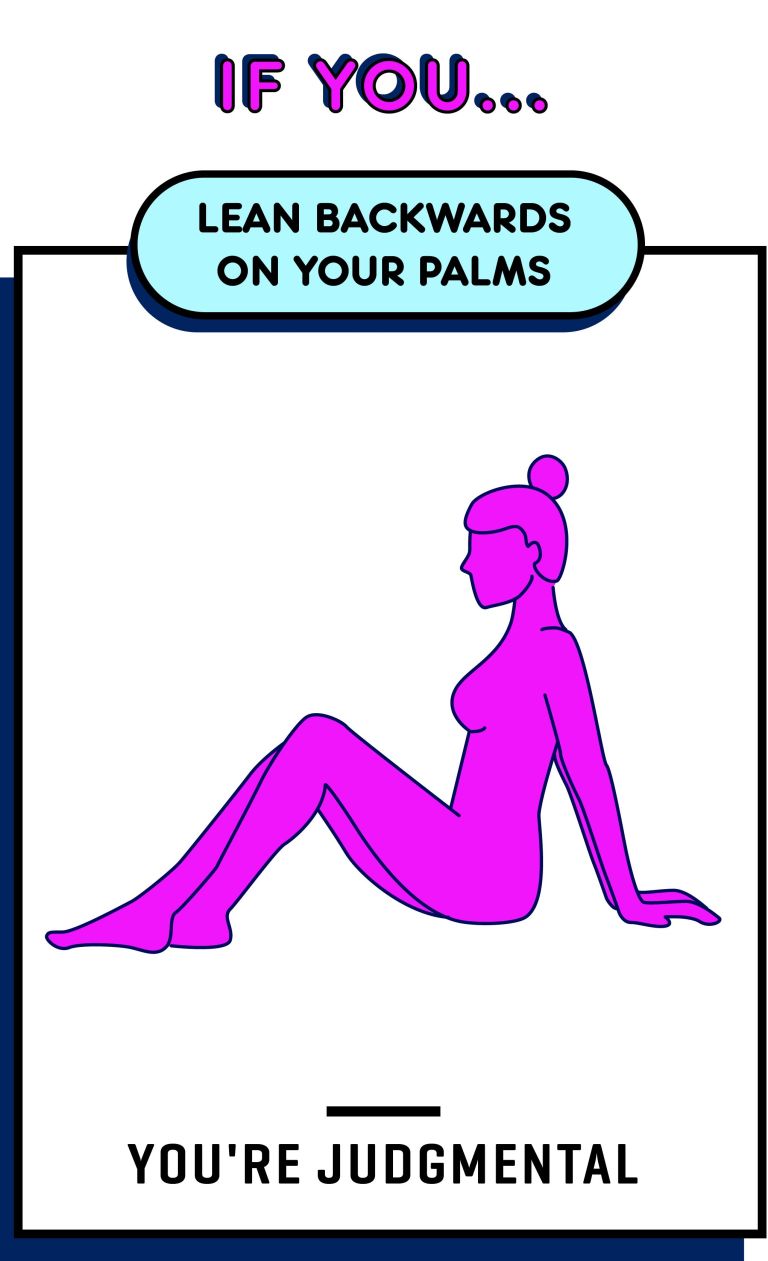 This pose screams «judgmental,» according to Glass, who points out that leaning back lets you assess a situation without taking action: It’s like you’re waiting for things to happen to you, while taking it all in very tentatively since you pause half-way from leaning all the way back, she explains.
This pose screams «judgmental,» according to Glass, who points out that leaning back lets you assess a situation without taking action: It’s like you’re waiting for things to happen to you, while taking it all in very tentatively since you pause half-way from leaning all the way back, she explains.
 This pose screams «judgmental,» according to Glass, who points out that leaning back lets you assess a situation without taking action: It’s like you’re waiting for things to happen to you, while taking it all in very tentatively since you pause half-way from leaning all the way back, she explains.
This pose screams «judgmental,» according to Glass, who points out that leaning back lets you assess a situation without taking action: It’s like you’re waiting for things to happen to you, while taking it all in very tentatively since you pause half-way from leaning all the way back, she explains.